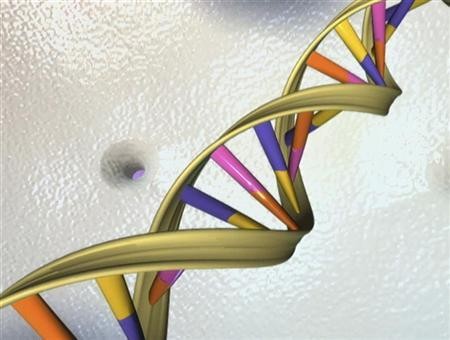Scientists from the University of Virginia have found out how SIRV2 survives its harsh environment and its potential to become a genetic therapy against diseases.
SIRV2 is also known as Rudivirus, which belongs to Rudiviridae. It is shaped as a stiff rod and unenveloped viruses that entails linear dsDNA genomes. SIRV2 has basic molecular processes that includes virus-host interactions, infection, transcription regulation, and DNA replication and packaging.
They found out a scheme for fighting human diseases by using an almost indestructible DNA.
Scientists suggest that it is far more interesting see how proteins and DNA are put together in such a way that the two will be stable despite any harsh conditions.
One of the UV scientists Edward Egelman explained that the team have discovered something that is resistance to UV radiation, heat, and desiccation. He added that it can lead to creating ways package DNA that is being used to gene therapy.
The new study pointed out the connection between the SIRV2 and the methods being used by bacterial spores to survive. It entails the way the virus transforms into an A-form that is structural state, allowing it to protect its DNA.
Science World Report stated that DNA protection is essential to fight against diseases since human body can have numerous ways to weaken the DNA in invading viruses and bacteria. Researchers believed that they have found out a way to overcome protective systems in the body that becomes hindrance for doctors to use genes to fight any sort of diseases
SIRV2 affects the Sulfolobus islandicus, microorganisms that exist in acidic hot springs that reaches up to 175 degrees Fahrenheit, according to Gazette Herald.
Scientists are hoping that knowing how these bacterial spores work can help them find new ways to destroy them and how it may help in treating diseases.



























